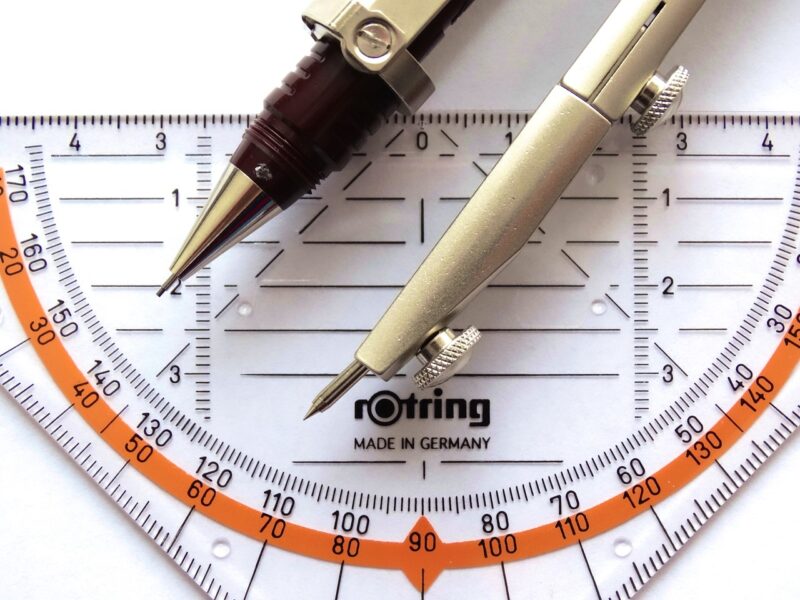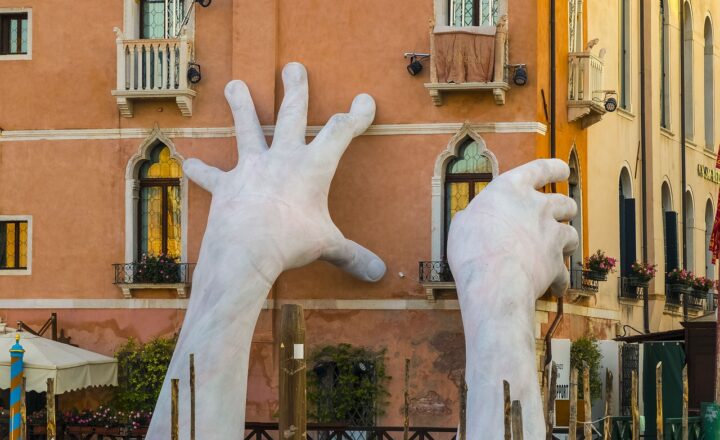Mathematics and Reality: How Numbers Shape Our Perception of the World
November 12, 2024

Mathematics is often viewed as an abstract field, a collection of symbols, equations, and theorems devoid of any tangible relationship to the real world. However, upon closer examination, it becomes evident that mathematics permeates every aspect of our existence. From the natural laws of physics governing celestial bodies to the algorithms that drive modern technology, numbers play a pivotal role in how we understand and navigate reality.
1. The Language of Nature
Nature operates under mathematical laws that govern the universe. One of the most powerful examples of this is Sir Isaac Newton’s laws of motion, which use equations to describe the relationship between the forces acting on an object and its motion. These laws elucidate phenomena that range from the trajectory of a thrown ball to the orbit of planets around the sun.
Additionally, the Fibonacci sequence illustrates how mathematics is evident in biological life forms. The arrangement of leaves around a stem, the branching of trees, the arrangement of a pine cone’s bracts, and the flowering of artichokes are all examples where nature utilizes this sequence. Mathematical constants such as π (pi) and e also appear frequently in natural formations, emphasizing the inherent symbiosis between mathematics and the natural world.
2. Perception and Cognition: The Math of Reality
While mathematics abstracts reality, it also informs our perception and cognition. The human brain processes information through patterns and numerical relationships. Cognitive psychology has shown that our understanding of quantities, spatial reasoning, and time are fundamentally tied to our ability to grasp numerical concepts.
Research indicates that professional mathematicians think differently; they perceive mathematical relationships more intuitively. This reflects a broader phenomenon: our cognitive abilities are shaped by the math we learn and understand. When we engage with mathematics, we sharpen our logical thinking, problem-solving skills, and critical reasoning, which fundamentally alters our perspective of the world.
Consider the concept of ‘statistical significance’ in research. This mathematical determination allows us to interpret data critically, shaping our understanding of societal issues like health outcomes, crime rates, and economic trends. In this way, mathematics transcends numeracy; it becomes a lens through which we perceive and analyze reality.
3. Technology and the Mathematical Foundations of the Modern World
In the contemporary world, technology is the bedrock of daily life, and it is powered by mathematics. Everything from smartphones, computers, and the internet depends on complex algorithms built on mathematical concepts.
Algorithms govern everything, from search engines to social media platforms, dictating what information we receive and how we interact with the world. Moreover, machine learning, a critical aspect of artificial intelligence, relies on mathematical models to learn from data, analyze patterns, and make predictions.
The rise of big data further underscores the necessity for mathematics in comprehending vast quantities of information that define our digital age. Companies analyze consumer behavior, optimize logistics, and target marketing campaigns through mathematical models, exuding power over our decisions and experiences.
4. The Influence of Mathematics on Art and Aesthetics
Mathematics transcends the scientific realm and permeates art and aesthetics. The Golden Ratio, a mathematical proportion prevalent in nature, has guided artists and architects for centuries. Works by renowned artists such as Leonardo da Vinci and Salvador Dalí demonstrate this principle, creating compositions that are visually pleasing to the human eye.
Additionally, fractals, which are mathematical sets exhibiting a repeating pattern at every scale, have inspired modern digital artwork and architecture, showcasing the aesthetic properties of mathematical theory. This intersection of math and art reveals how numbers can transcend their traditional confines, defining beauty and harmony in our environment.
5. The Philosophical Implications of Mathematics
The relationship between mathematics and reality stirs philosophical discussions surrounding the nature of existence and knowledge. Philosophers like Plato argued for the realm of forms, suggesting that abstract mathematical truths exist independently of our physical world.
This debate leads to essential inquiries about whether mathematics is an invention of the human mind or a discovery of truths inherent in the universe. This philosophical discourse extends to practical implications in technology, ethics, and human behavior, emphasizing mathematics’ role in framing our understanding of reality.
Whether we see mathematics as an objective reality or a subjective interpretation shapes our approach to every aspect of existence, informing how we engage with the world around us.
Conclusion
Mathematics serves as the cornerstone of our understanding of reality, weaving through the fabric of daily existence. From the natural laws observed in the cosmos to the algorithms that define our technological landscape, numbers and equations effortlessly mold our perceptions, decisions, and experiences.
As we advance further into a numerically driven world, it is crucial to recognize the profound impact mathematics has on shaping our reality. Whether we appreciate it in scientific inquiry, artistic expression, or philosophical discourse, mathematics is more than a subject; it is an integral part of the human experience. Embracing its principles invites us to perceive the world with greater depth and awareness, revealing the intricacies of the universe.
Mathematics is not just numbers; it is the language of the universe, speaking volumes about our existence and our place within it, reminding us that behind every equation lies a story waiting to unfold.







